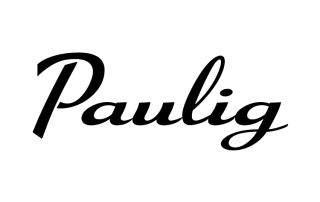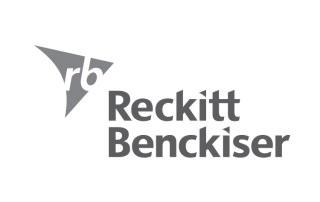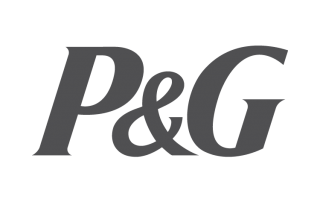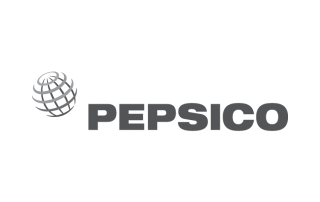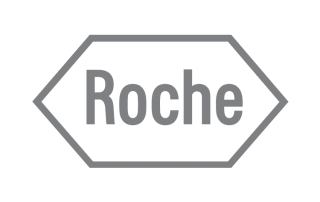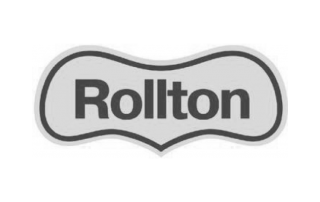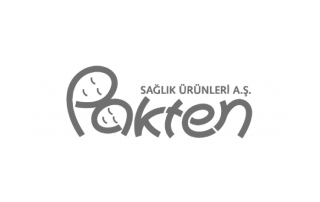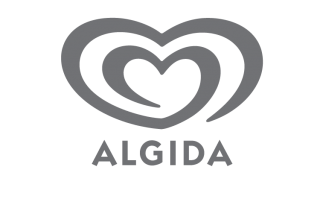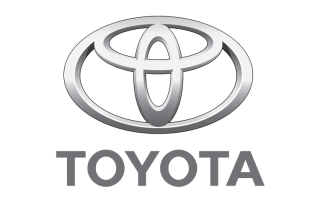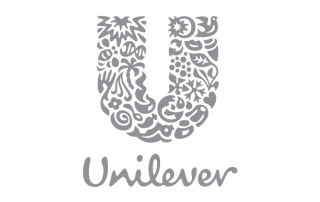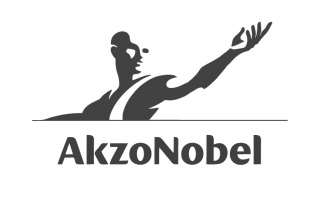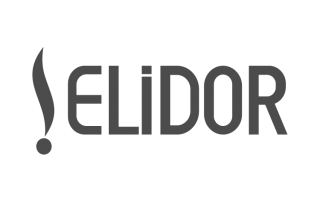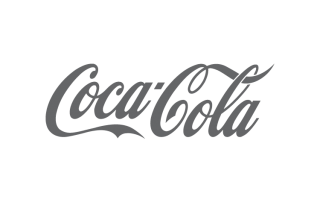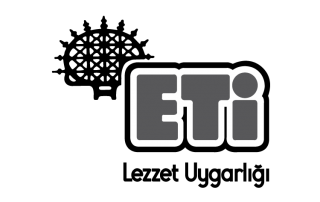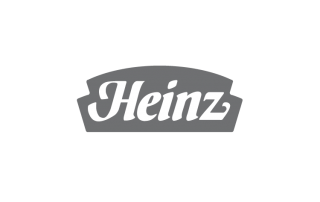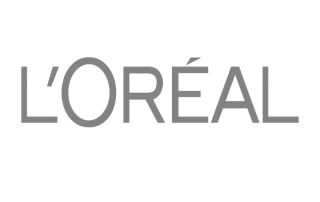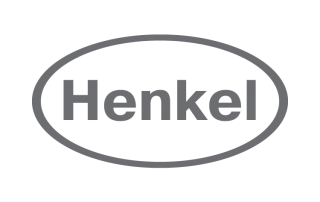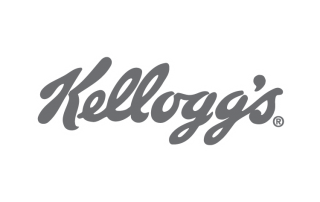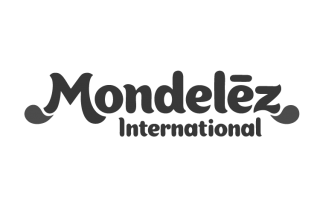MEP Engineering
In construction and building design, the term (MEP) stands for Mechanical, electrical, and plumbing. An MEP design refers to to the planning, designing, and managing of the MEP systems of a building. The MEP systems are what make a building habitable and comfortable. They are essential for accurate documentation, cost estimation, operating, and maintaining the facilities.
The MEP systems are designed by a specialized engineering company, which is what we do at Nama Engineering.
Plumbing and Public Health Engineering:
PROJECT MANAGEMENT
PROJECT TEAM
- Experienced management teams provide detailed attention throughout the project, from design, review, and implementation.
- Qualified superintendents, trained in document, project, and data control processes, are assigned to project types in which they have specific experience and expertise.
- Proven estimating skills and systems manage costs and contracts with cross-training for all levels of employees.
PROJECT CONTROL
1. PROJECT CONTROL
- Closely manage projects with early warning systems to catch potential problems.
- Disciplined accounting system enforcing subcontractor requirements including lien releases and insurance.
- Project-specific logistics planning for coordination meetings, inventory management, and site utilization for construction sequence, staging areas, site offices, and security options.
2. PROJECT COORDINATION
- Planning, communication, documentation, and experience are required to maximize work flow, project execution and make materials delivery.
- The utilization of third-party safety consultants offer neutrality of oversight, ensure subcontractor compliance, and provide written compliance reports.
- Client and workforce safety is a top priority and requires precise logistical site control and adherence to regulatory safety requirements.
3. QUALITY CONTROL
- Clarify the objective and develop a scope of work with quantified, realistic budgets and schedules.
- Proper document control, submittal review, project closeouts, as-built, start-up, and commissioning.
- Pre-qualification and selection of trades assuring that quality craftsmanship and materials comply with technical specifications.


